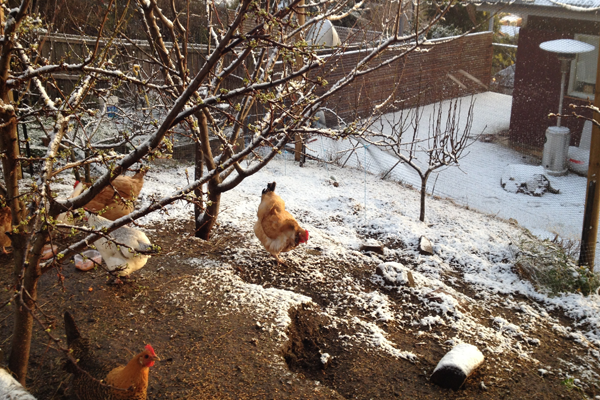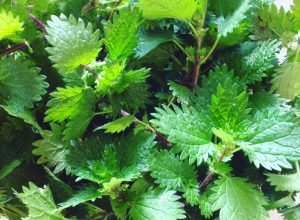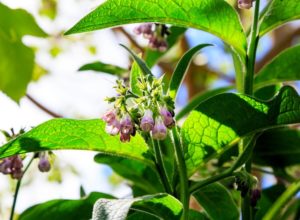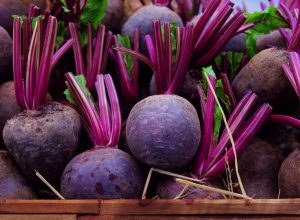August Gardening Guide – Cool Climate
What to Plant in August?
Potatoes, peas, broad beans, Jerusalem artichokes, rhubarb divisions, chive divisions, oca (a tuberous oxalis relative that grows like a potato). And all the leafy greens: lettuce, rocket, Asian greens, celery and English spinach. In raised beds and warm spots start with succession sowings of carrot and beetroot, and turnips if you must! You can plant seedlings of brassicas such as cauliflower, cabbage, broccoli – they will grow ok, but I much prefer to plant them in autumn and be eating them now. If they grow into the warm weather of summer they can taste flabby and acrid.
Maintenance
Keep your garlic and other onion family plants weeded: the slim leaves don’t compete well with swamping layers of chickweed, stickyweed or other weeds that will start to grow fast now that the days are lengthening.
Finish winter pruning of apple and pear trees. Your pruned branches might be useful as pea sticks, to support new plantings of bush peas or even climbing peas if your pruned branches are tall enough for a tepee.
Pests and Diseases
If you’re inclined to spray for curly leaf or other fungal diseases, check your schedule. The stonefruit are beginning to flower, especially almonds, nectarines and Japanese plums. Many spray regimes suggest an application at “bud swell”. I don’t spray, but rather try to grow vigorous and resilient trees. If a particular one is always succumbing to problems, it gets replaced with something hardier!
Harvest and Preserve
- Citrus are coming on strong. Pick a few days before you use them if you can, they get juicier.
- Asparagus spears are emerging! Snap or cut them close to the soil surface.
- Brassicas are still producing the bulk of our winter veg intake: brussel sprouts (delicious roasted with some oil and salt), broccoli, cauliflower and cabbage, kohl rabi and kale.
Permaculture Principles #7: Integrate Rather Than Segregate
We raise meat rabbits and chickens (for eggs) in our suburban backyard, and have a small orchard with apples, plums, and pear trees. Although each of these elements have their own needs, over time we have found ways to integrate them more and more so that one element’s outputs become the next element’s inputs. Here’s how:
- The rabbits live in a sheltered run with a deep litter of grass hay, which builds up as they are given a fresh ration daily. It catches their wee and poo, and once a month or so we rake it all out and dump it a few metres away in the orchard.
- The chooks roam the orchard – we have put high netting around the outside to stop them flying out (as they used to do!). They immediately get to work spreading the rabbit litter around. The orchard is on a slope, so after a week or so much of the litter has migrated to the lower section thanks to the constant scratching by the chooks. They eat any grass seeds or germinating seedlings too.
- The rabbit litter has a second life as an absorption pad for the chook poo – they can poop out up to half a cubic metre a year each! There is a deep layer of mixed hay, chook poo, rabbit poo and worm castings (made in situ) over the whole orchard. If I ever want to round up stray chooks, I just get out the big old three pronged hoe, and start scratching deeply in the litter. Its FULL of worms, and the chooks know it!
- The chooks occasionally do hygiene duty in the rabbit run, snaffling up spiders and moths, stray rabbit pellets and seeds from the hay. I supervise this now after one curious chook was bitten on the comb by our feistiest rabbit (chook combs bleed like crazy . . . ). The girls also clean up fallen fruit, codling moth larvae, and grass around the fruit trees. Any newly planted trees have a border of rocks around their root zone to protect them from scratching while they establish. The older trees are fine, specially with the deep layer of composting litter on the surface.
- About twice a year I shovel up the rabbit litter / chook poo catching / compost forming layer from the deepest (lowest) section of the orchard. I barrow this to a compost area in the orchard, or to one in the vegie patch area at the front of the house. Layer it up, water if dry, and we have beautiful compost in a short while.
– Christina Giudici, Food in my Backyard (FIMBY)








